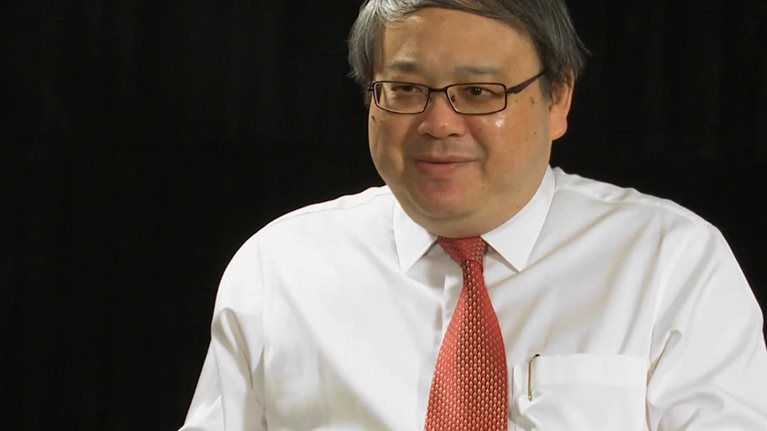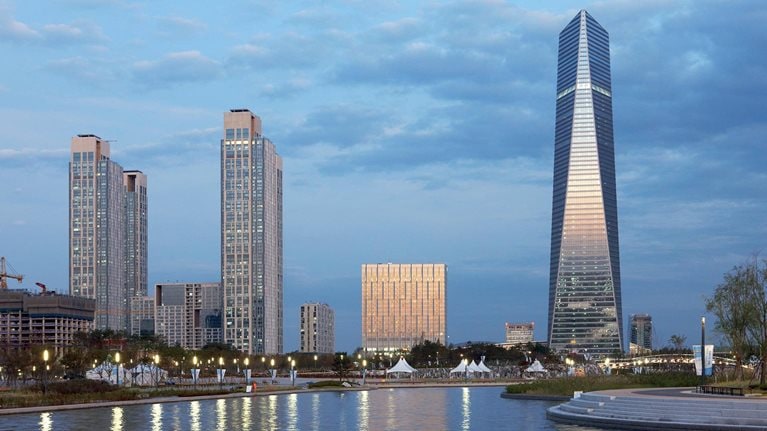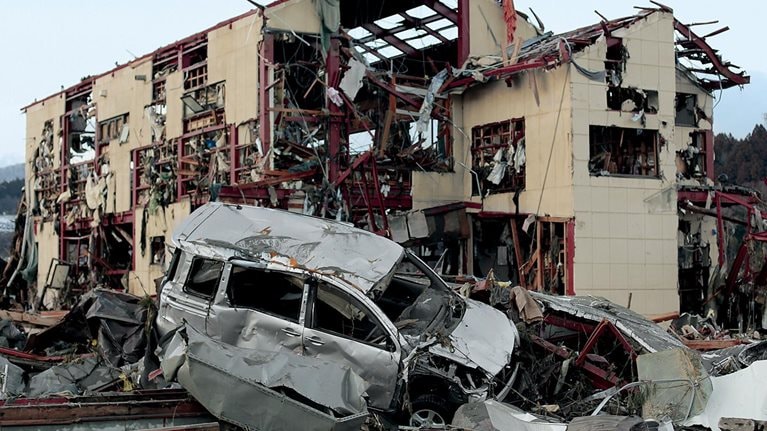Ever since China started pursuing a policy of reform and opening-up of markets three decades ago, it has experienced rapid economic takeoff and has made its entry into the ranks of middle-income countries. In 2011, China’s per capita gross domestic product reached $5,400, using current exchange rates. That figure would be even larger using the World Bank’s purchasing-power-parity formula. So, in light of its economic and social progress, China now qualifies as a middle-income country.
At the same time, however, China faces some serious challenges, such as socioeconomic inequalities, an imbalanced economic structure, corruption, environmental and ecological degradation, and more, all of which are intertwined and represent stumbling blocks in China’s path toward becoming a sustainable and equitable high-income country. China needs to address these problems with strategic skills as early as possible.
So, is there an entry point that allows China to tackle these challenges with a systematic policy package? The answer is yes. The answer is urbanization. As one of the most crucial processes of social change in modern China, China’s urbanization was artificially suppressed for quite a long time before it gained momentum in the mid-1990s.
Urbanization, on the one hand, creates huge opportunities for China in many sectors, such as narrowing urban-rural gaps, reducing regional disparities, expanding domestic demand, rebalancing the economy, developing civil society, improving governance, utilizing resources more efficiently, and controlling pollution. However, China is not taking full advantage of the potential of urbanization to help cope with its challenges due to a series of institutional constraints.
For example, while more than 150 million rural migrants work and live in cities, they cannot have local urban registered residences because of the current household-registration system. Hence, they are excluded from the local public-service system. This in turn increases the vulnerability of migrant workers and their families and contributes to the fragility and inequality of the economy as a whole.
It should be an urgent strategic choice for China to forge ahead with urbanization and carry out a series of reforms to facilitate it. First, market-oriented reforms should be deepened. Urbanization is primarily a market-oriented process, which accumulates and restructures capital, technology, and other assets and diverts them into productive channels. The government should speed up the introduction of efficient markets for labor, capital, and land, spur the development of technology, and strengthen intellectual property rights. Urbanization is also a process that allows the government to tap its full potential. In the interest of comprehensive and long-term social development, the government should adopt various policy measures to reduce market failures, such as clarifying property rights, adopting antimonopoly measures, and protecting the environment
Second, China’s household-registration system should be gradually reformed. The government should make a 10-to-20-year plan to further loosen the regulation of urban household registration that allows ten million migrant workers and their families to officially settle down in cities annually and have the same access to public service as their urban counterparts. Land utilization and intergovernmental transfers should be in line with the number of migrant workers moving into cities. Moreover, the central government should encourage local governments to reform household-registration policies to favor urbanization.
Third, the central government should play a more active role in promoting urbanization. It needs to create a nationwide urbanization strategy that takes urban planning, institutional reforms, and financing into account comprehensively, so as to guarantee that urbanization proceeds in an orderly manner.
Next, the master urbanization plan should be refined. Both central and local governments should formulate scientific plans for urbanization that take into account population flow, middle- and long-term resource demand, and environmental constraints and then put those plans into place. To protect resources and the environment, planners should encourage urban agglomeration. The government should intensify its efforts to develop transportation networks and related infrastructure shared among many cities.
Finally, social management and public governance should be improved in the process of urbanization. Urbanization should encourage not only economic restructuring but social and political reform. The government should encourage the emergence of civil society, perform its due functions in public affairs, and welcome supervision from the civil society. The reform of political democratization should be accelerated to grant more rights to urban and rural residents and offer citizens more chances to participate in decision making on public affairs. This could offer a safeguard against corruption and ensure that the fruits of development are more widely shared.


